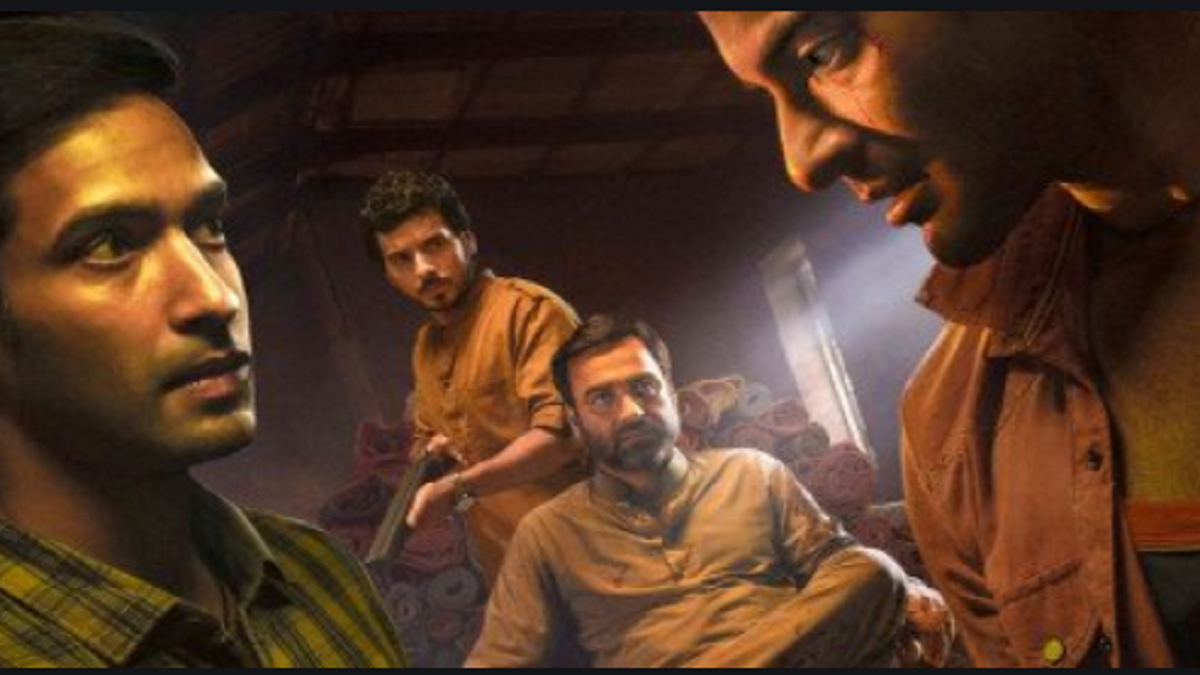
There is something about the long-form storytelling that makes it highly addictive and ever-reliable. But, for it to work well, the most important ingredient, perhaps even more important than the story itself, are characters. That’s precisely where the charm of the long-form storytelling comes into play. We are talking about an entire gamut of interesting characters fully capable of being developed further and further, as and when required, episode after episode, season after season.
Therefore, one or two good characters aren’t enough. To understand this better let’s look at the first season of ‘Mirzapur’ which introduced a bunch of fascinating characters viz. Kaleen Bhaiya, Guddu Pandit, Munna Tripathi, Bablu Pandit, Beena Tripathi, Parshuram Gupta, Ramakant Pandit, Rati Shankar Shukla, and Sweety Gupta, Maqbool Khan, Golu Gupta, and Lala, among others. Out of these, Bablu, Rati, and Sweety couldn’t make it past the first season. All of them appeared to be important characters but the makers used their sudden deaths as a clever plot device to deliver high shock value, not unlike ‘Game of Thrones’.
It paved the way for the perfect cliffhanger ending. Now, the creators Karan Anshuman and Puneet Krishna could afford to take the chance as they already had an array of colourful characters, to begin with. Also, they were well aware that they could always introduce new characters or promote a secondary character to the lead in the subsequent seasons. This is all elementary stuff but unless the basics are sorted it’s very difficult to get a hold over the narrative. Fortunately, Karan and Puneet have been up to the task.
As a result, ‘Mirzapur 2’ serves as a far better example of long-form storytelling than the first season. While the first season merely served as a pastiche of sorts of the filmmaking style of Anurag Kashyap, the second season is far more mature and cerebral at various levels—albeit misunderstood. Ironically, as a result, the set of audiences that loved ‘Mirzapur’ is cribbing about ‘Mirzapur 2’. And, those viewers who didn’t like the first season much are appreciating the thought and maturity that has gone into making the second season.
Apparently, India is still quite new when it comes to multi-season series that can keep the viewers engaged one year after the other. Even the vast majority of viewers aren’t mature enough. As a result, there is a very high probability that they will fail to appreciate the complexities of longform storytelling for the most part. For example, a lot of diehard fans of‘Mirzapur’ are complaining about new subplots and characters that have been introduced in the second season. But, after a point, it becomes almost mandatory to spread open the narrative. How the first season ended it was essential to add new characters and subplots. The long-form demands this. That’s precisely what made the likes of ‘Breaking Bad’ and ‘Game of Thrones’ so compelling, season after season.
Also, the tonal shifts are just as important. Not every episode can deliver the thrills of ‘The Red Wedding’ or ‘Battle of the Bastards’. Now, Divyendu Sharma’s Munna was easily the best part of ‘Mirzapur’ and while Munna remains the most colourful character in ‘Mirzapur 2’ as well, it is Ali Fazal’s Guddu that impresses the most. Guddu was a flamboyant character in the first season but given how badly things end for him in the season finale, the character was expected to undergo a major transformation. And Ali is up to the challenge. The body language and intensity, coupled with pain and longing in the eyes, are just right for this new Guddu whose only aim in life is to avenge the deaths of his wife and brother.
Ali shares interesting chemistry with Shweta Tripathi Sharma(who essays the part of his late wife Sweety’s sister Golu) and Shernavaz Jijina (who plays Lala’s daughter Shabnam). As for Divyendu, he gets to share some intimate moments with Isha Talwar who essays the part of CM Surya Pratap’s widowed daughter Madhuri—the character is a great introduction to the Mirzapur universe. Has Munna finally met his match? ‘Mirzapur 2’ a l s o introduces us to Dadda Tyagi (played by Lilliput) who holds the key to illegal trade in Bihar (yes, the plot is also expanding geographically). Vijay Varma essays plays his twin sons Bharat and Shatrughan. These three characters have some key interactions with Munna, Guddu, and Golu. A post-credits scene in ‘Mirzapur 2’ opens up exciting possibilities.
A minor character from the first season that takes a center stage in the second season is Sharad Shukla (portrayed by Anjum Sharma). He keeps shifting his loyalties, sometimes working for the Tripathis, and, at other times, working against them. Surprisingly, it’s Pankaj Tripathi who proves to be a major disappointment this season. He just appears to be going through the motions. Thankfully, Kulbhushan Kharbanda, playing his crippled father, comes to the rescue. Every time he is on screen the show attains a different level of brilliance